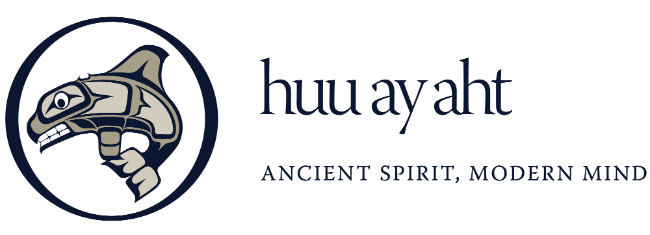
Industry News
News
Huu-ay-aht First Nations announces Anacla Old-Growth Summit
November 1, 2021 By Huu-ay-aht First Nations

Huu-ay-aht First Nations announces that Tayii Ḥaw̓ił ƛiišin (Head Hereditary Chief Derek Peters) and Elected Chief Councillor Robert J. Dennis, Sr. will host the Anacla Old-Growth Summit on November 23, 2021, on old-growth management and process for Huu-ay-aht’s Hišuk ma c̕awak Integrated Resource Management Plan (HIRMP). C̕awak ʔqin Forestry and Huu-ay-aht Forestry Limited Partnership will participate as co-chairs.
The purpose of the summit is to hear from forestry professionals regarding discrepancies in the scientific data related to old growth (the “science gap”), to tour the Huu-ay-aht ḥahuułi (traditional territory of the hereditary chief), and to discuss Huu-ay-aht’s approach to old-growth management and the Huu-ay-aht Integrated Resource Management Plan (HIRMP) process.
The B.C. government is expected to publicly propose further old-growth deferrals and changes to forest practices soon. If large scale deferrals are announced and implemented, this would have severe adverse impacts on the safety and economic well-being, cultural and spiritual survival of our people, and the sustainability of our lands. The need for large scale deferrals would likely be justified by reliance on the untested assertion in 2020 by technical advisors to B.C. that there is only three per cent of productive old growth left in B.C. Other forestry technical advisors say there is 30 per cent of similarly labelled productive old growth left within a highly protected land-base. As the rights and title holders who make the final decisions on forestry in our Territory, Huu-ay-aht needs to close this science gap.
Those who attend the Anacla Old-Growth Summit will have the opportunity to discuss how Huu-ay-aht stewardship decisions across the hahuułi are guided by the Hišuk ma c̕awak Declaration signed by Ditidaht, Huu-ay-aht, and Pacheedaht First Nations on June 7, 2021 and the United Nations Declaration on the Rights of Indigenous Peoples (UNDRIP).
“As a Modern Treaty Nation, Huu-ay-aht will decide how best to manage our lands and resources. We expect broad recognition and respect for the Declaration and UNDRIP,” said Tayii Ḥaw̓ił ƛiišin. “We need to end the types of protests that threaten the safety and economic well-being, cultural and spiritual survival of our people, and the sustainability of our lands. In our culture that starts by coming together to discuss how we can engage in a manner guided by our three Sacred Principles of ʔiisaak (utmost respect), ʔuuʔałuk (taking care of), and hišuk ma c̕awak (everything is one).”
Huu-ay-aht has invited the Hereditary and Elected Chiefs of Pacheedaht and Ditidaht Nations to the summit as the three nations share a common interest in full implementation of the Hišuk ma c̕awak Declaration. The discussions may also inform future decisions in relation to Fairy Creek and the Central Walbran.
Environmental leader Tzeporah Berman, resource journalist Stewart Muir, forest professionals Al Gorley, Garry Merkel, Rachel Holt, and Cam Brown, and Indigenous leaders, have been invited to the Anacla Old-Growth Summit.
Forest professionals working with Huu-ay-aht, including Bruce Blackwell, Chris Niziolomski, and Stan Coleman, will attend the summit, along with Shannon Janzen, chair of C̕awak ʔqin Forestry.
“Forestry professionals and environmental leaders invited to this summit have issued reports that include widely conflicting estimates of remaining old-growth in B.C., from three to 30 per cent, and its current level of protection,” said Chief Councillor Robert J. Dennis Sr. “These reports have also recommended differing forest management strategies. To inform our stewardship decisions for our ḥahuułi and to assist others in B.C. more generally, we wish to hear directly from report authors and others who are experts in the field. We need to close what I call the science gap. The Huu-ay-aht government will make its own stewardship decisions as it relates to the risks and benefits from our forests. We need to move to re-establish what I call indigenous-based forest management (IBM).”
Print this page